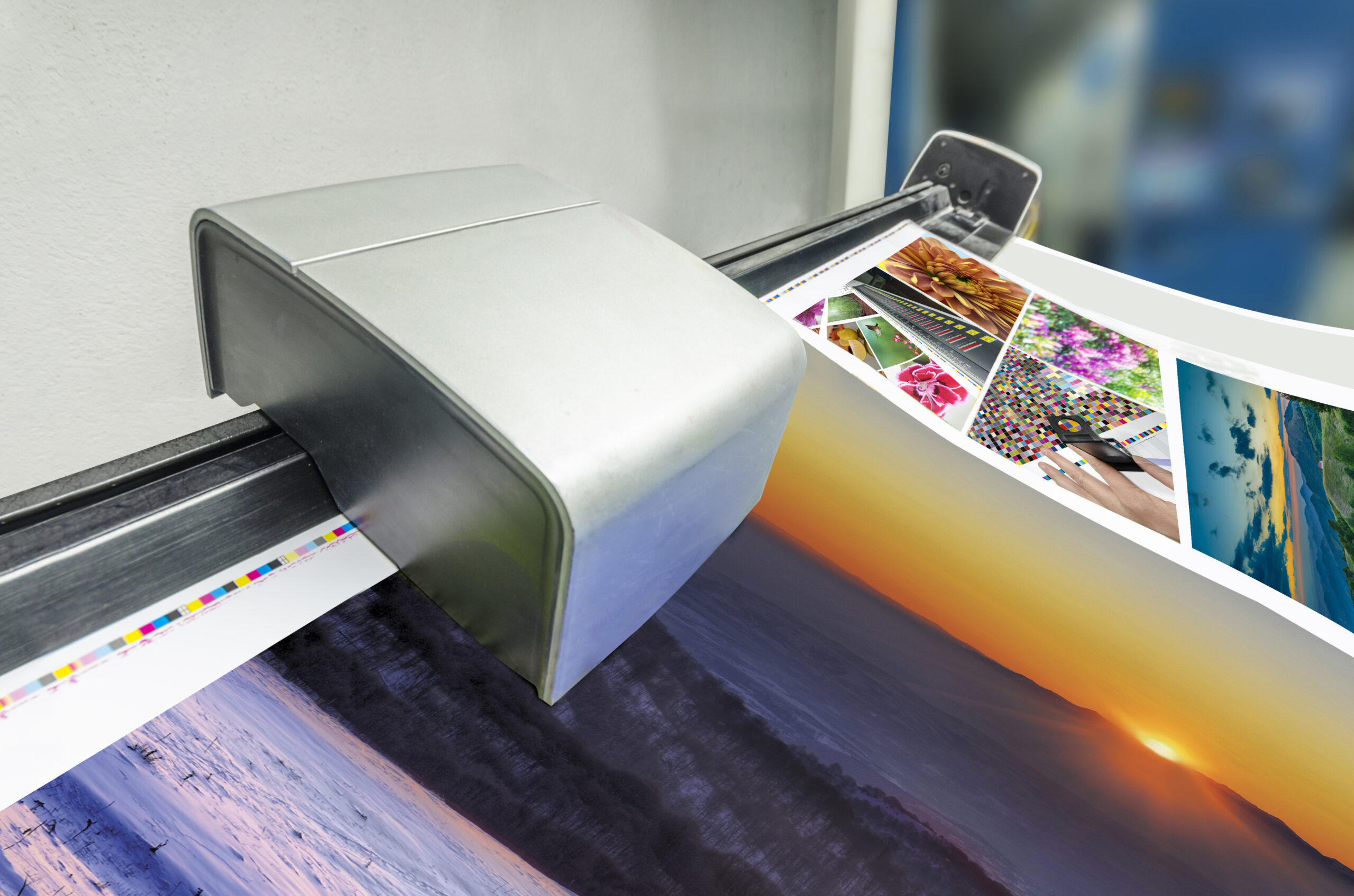For many years, a hardcopy proof has been the reference proofing solution for accurate color comparison. But there has always been the need for a fast, color binding proof display on a monitor for fast decision making, color correcting and agreeing on layouts and corporate designs. Especially in times of “digital first”-corporate designs, Softproof has become even more important.
Softproof means: The correct color display of a printed product on a monitor. Today, both a standardized CMYK print like offset and gravure prints can be simulated and spot colors as well. A later offset print according to ISOCoatedV2 can be simulated correctly in color on the screen – and that including a PANTONE Spot Color and more: Compared to a classical hardcopy proof, a Softproof is fast, reliable, and can be produced and displayed worldwide within seconds – and without any costs for printing and shipping.
From a technical point of view, soft proofs are now well controllable. The monitor technology is advanced enough to provide excellent displays with a high color gamut and consistent illumination at an affordable price. For example, softproof monitors in two branches of a company can be coordinated in such a way that the result displayed on the monitors corresponds exactly to each other at both locations, i.e. one image editor in New York and one in Singapore can talk about retouching the same color in the same file.
The problem has often been in the past: The fact that the two monitors emit the identical color and light result can be precisely controlled. The fact that the colleague in New York is looking at the foggy Alster lake at a northern window, while the colleague in Singapore moved the monitor to a southern window in bright sunshine, already shows the problem: The environment variables under which the softproof is viewed are not identical. Nowadays, these problems can be overcome using a hood and a lightning system to control the viewing environments better.
It is difficult as well when the soft proof is to be used in the pressroom to coordinate the production run. Many companies such as JUST offer modern solutions that provide a accurate standardized light directly at the press. However, the problem remains that the soft proof should be considered to be less than 10% away of the brightness of the press. While 2000 lux brightness was previously the standard for printers, JUST now writes: “The comparison of soft proofs on monitors with prints and hard proofs is regulated in accordance with ISO 12646. The light conditions basically correspond to ISO 3664, but the brightness must be adjusted to the limited luminance of the monitor, which ideally is > 120 cd/m². ”
Two scenarios therefore arise at the printing press: Either the printer is “in the light” and can then match the print with a contract proof printed on paper, or it is “in the dark” and can match the print with the soft proof. The difficulty of matching paper and monitor – and these are two completely different and difficult to compare media – is compounded by the difficulty of the printer having to dim the light at the press by up to a factor of 10 to be able to match both a contract proof and a soft proof at the same workstation. From today’s point of view, this does not really seem practicable.
Conclusion: The soft proof is on the advance and will certainly sooner or later displace the classic contract proof from the market for reasons of speed and cost. However, due to the great technical lighting and haptic differences between the monitor and the illuminated sheet of paper, a widespread introduction is still a long way off. After all, anyone who has ever performed a color match on a printing press can imagine that a match to the contract proof on the one hand and to a soft proof monitor on the other hand is difficult to imagine at the same time. The contract proof will therefore also have to remain the first choice in the near future in order to be able to carry out colour-accurate proofing of the printing result in the pressroom.
